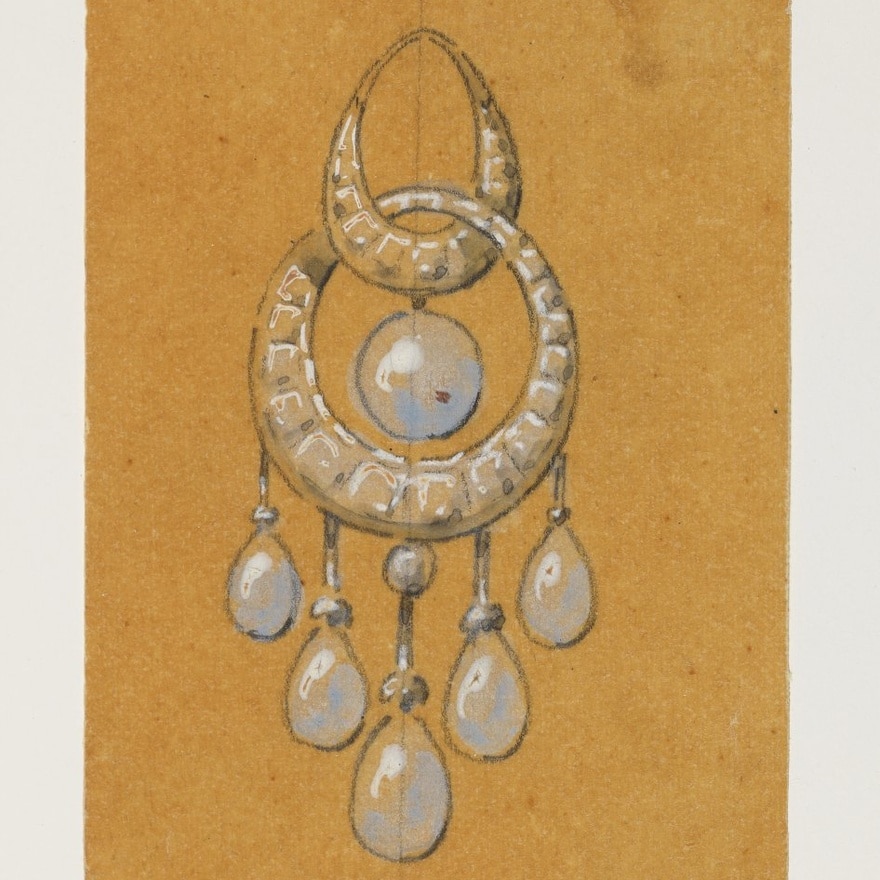
However fanciful, George Bizet’s opera The Pearl Fishers (1863) takes place in the Indian Ocean, a long-established source of pearls—the Gulf of Mannar in particular—cited by Pliny the Elder in Book IX of his Natural History.
However fanciful, George Bizet’s opera The Pearl Fishers (1863) takes place in the Indian Ocean, a long-established source of pearls—the Gulf of Mannar in particular—cited by Pliny the Elder in Book IX of his Natural History.
In the second half of the nineteenth century, the pearl was closely tied to Orientalism in painting and theater.
Recognized since Antiquity, the Arabo-Persian Gulf region remained a prime source for pearls, to the extent that this specificity was inscribed on geographical maps as early as the Renaissance. Its western shore was notable for its large number of pearl oyster beds. The esteem of Westerners for Gulf pearls has never wavered, despite the discovery of other sources and other pearls over the centuries, particularly in Central and South America.